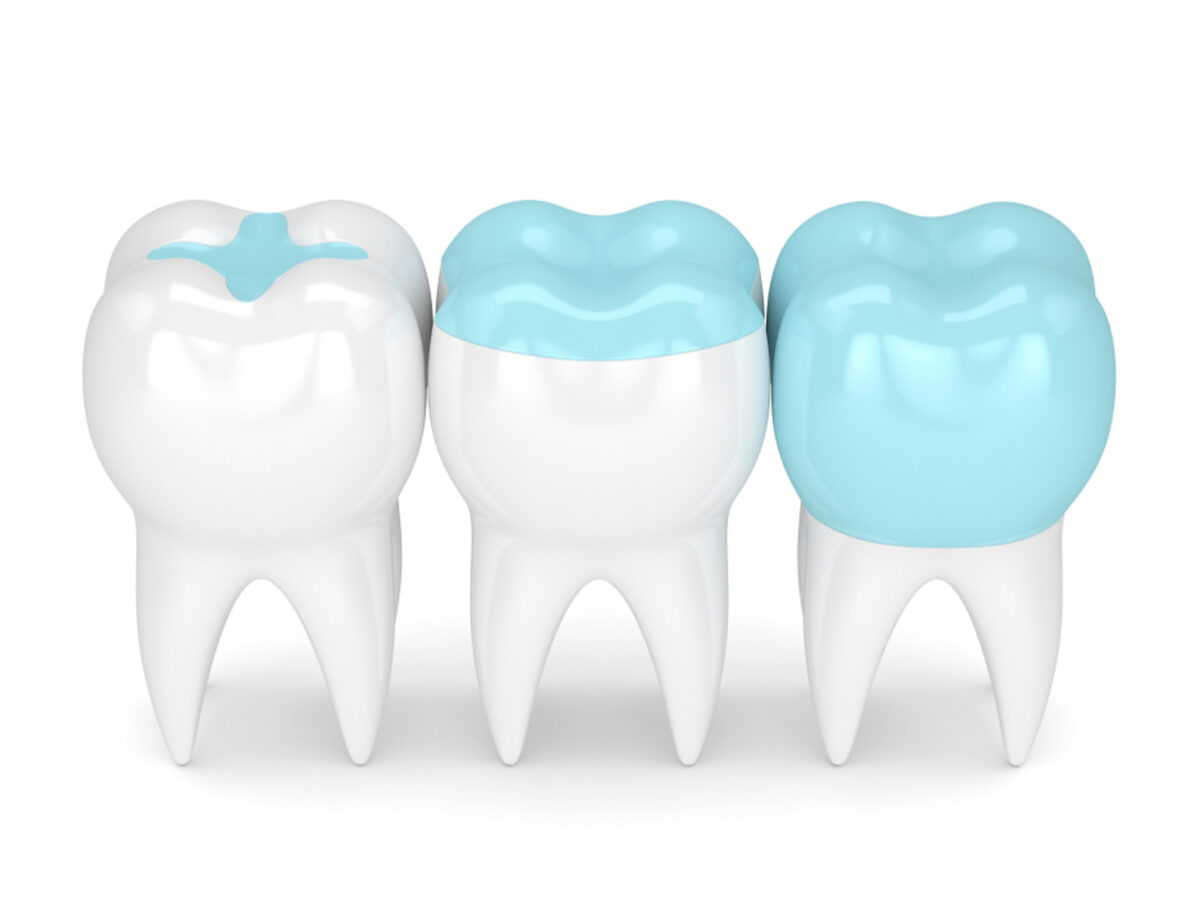Blog
Dental hygiene tips for healthy teeth & gums

What Is The Difference Between Inlays and Onlays?
When it comes to dental restorations, inlays, and onlays are two popular options that help restore damaged or decayed teeth. It’s important to remember that while they may sound similar, there are several differences between them. In this article, we will explore what inlays and onlays are, their purpose, the materials used, and the key differences between them. Understanding these differences can help you make an informed decision when discussing treatment options with your dentist.
What are Inlays?
Inlays are dental restorations used to repair a specific area within the cusps of a tooth. They are typically made of materials such as porcelain, composite resin, or gold. Inlays can be customized based on the tooth impressions taken of the patient. Once fabricated, they are bonded to the damaged area of the tooth using dental adhesive. Inlays are an ideal option when the damage or decay is limited to the central portion of the tooth and the cusps are still intact.
What is Onlays?
Onlays, also known as partial crowns, are dental restorations covering a larger portion of the tooth than inlays. An onlay is also custom-made in a dental laboratory, just like an inlay. However, an Onlay extends beyond the tooth’s cusps, covering one or more cusps. They are suitable when the damage or decay extends to the cusps or biting surface of the tooth. With onlays, as much natural tooth structure as possible is preserved while the tooth is restored to its original function.
Materials Used to Make Inlays and Onlays
Several different materials can be used for inlays and onlays, including gold, porcelain, and composite resin. Porcelain is a popular choice due to its natural appearance, durability, and resistance to staining. Composite resin offers excellent aesthetics and can be color-matched to the natural tooth. Gold is highly durable and long-lasting, making it an ideal option for patients who have a preference for metal restorations. The choice of material depends on factors such as the location of the restoration, aesthetic considerations, and the patient’s preference.
Key Differences
Here are a few key differences between the two dental restoration methods:
| Points of difference | Inlays | Onlays |
| Definition | Dental restorations that repair a specific area within the cusps of a tooth | Dental restorations that cover a larger area of the tooth, including one or more cusps |
| Coverage | Limited to the central portion of the tooth between the cusps | Extends beyond the cusps, covering a larger area including cusps or biting surface |
| Preparation | Removal of damaged or decayed portion of the tooth while preserving cusps | Removal of a more significant portion of the tooth, including one or more cusps, to create space for the restoration |
| Material | Porcelain, composite resin, gold, etc. | Porcelain, composite resin, gold, etc. |
| Purpose | Treats damage or decay within the central portion of the tooth | Addresses damage or decay that affects the cusps or biting surface of the tooth |
| Tooth Structure | Preserves most of the natural tooth structure | Requires more tooth structure removal compared to inlays |
| Aesthetics | Provides a natural appearance, can be color-matched to the tooth | Provides a natural appearance, can be color-matched to the tooth |
| Durability | Durable and long-lasting | Durable and long-lasting |
| Customization | Dental impressions are used to create a custom-made prosthetic | Based on impressions taken in a dental laboratory, they are custom-made |
| Adhesive Bonding | Bonded to the damaged area using dental adhesive | Bonded to the damaged area using dental adhesive |
The decision between an inlay and an onlay depends on the extent of damage and the preservation of tooth structure.
Conclusion
In summary, inlays and onlays are valuable dental restorations for repairing damaged or decayed teeth. While inlays address issues limited to the central portion of the tooth, onlays cover a larger area, including one or more cusps. The choice between inlays and onlays depends on the extent of the damage and the preservation of the natural tooth structure. By understanding these differences, patients can have informed discussions with their dentists and make the best decision for their oral health.
